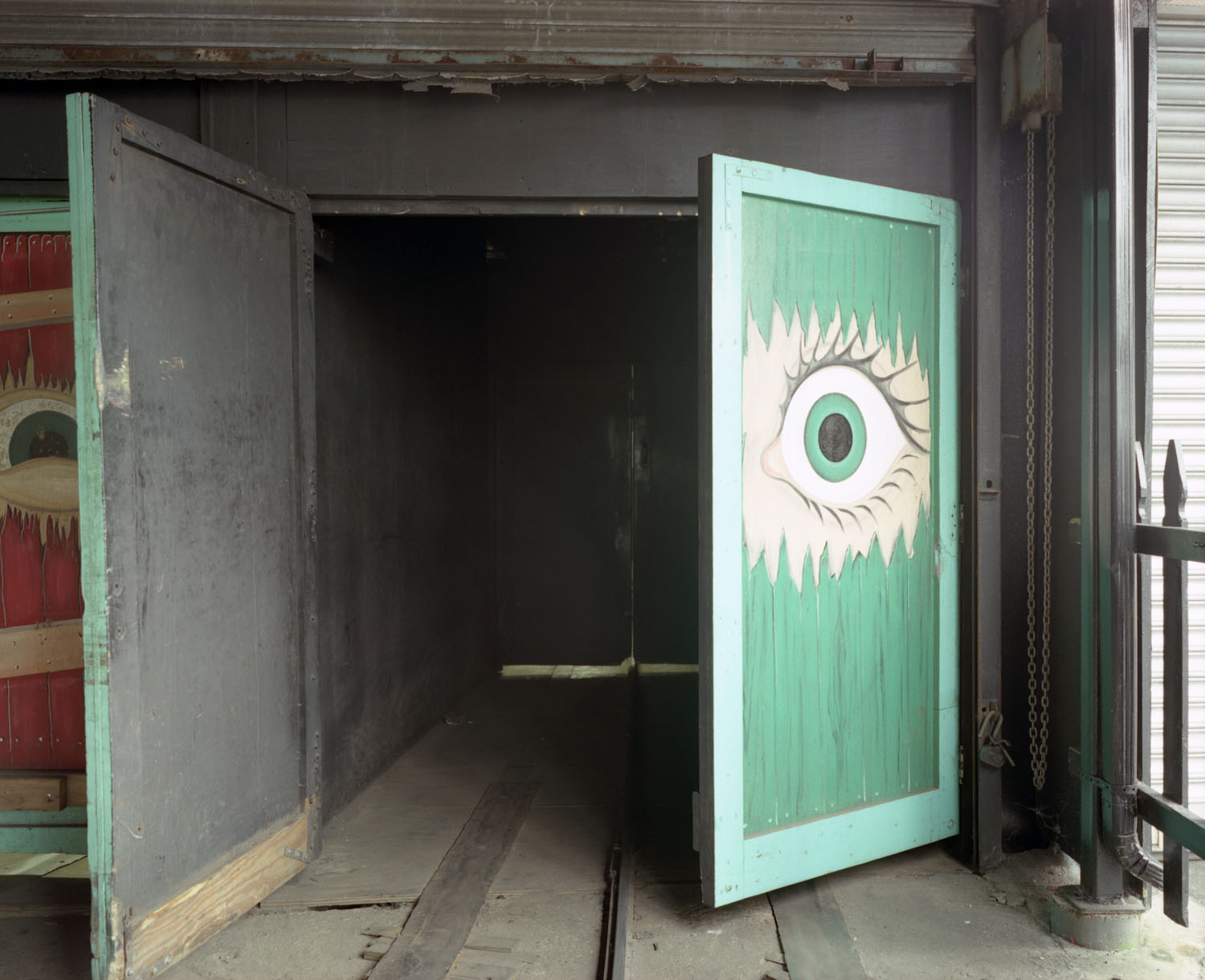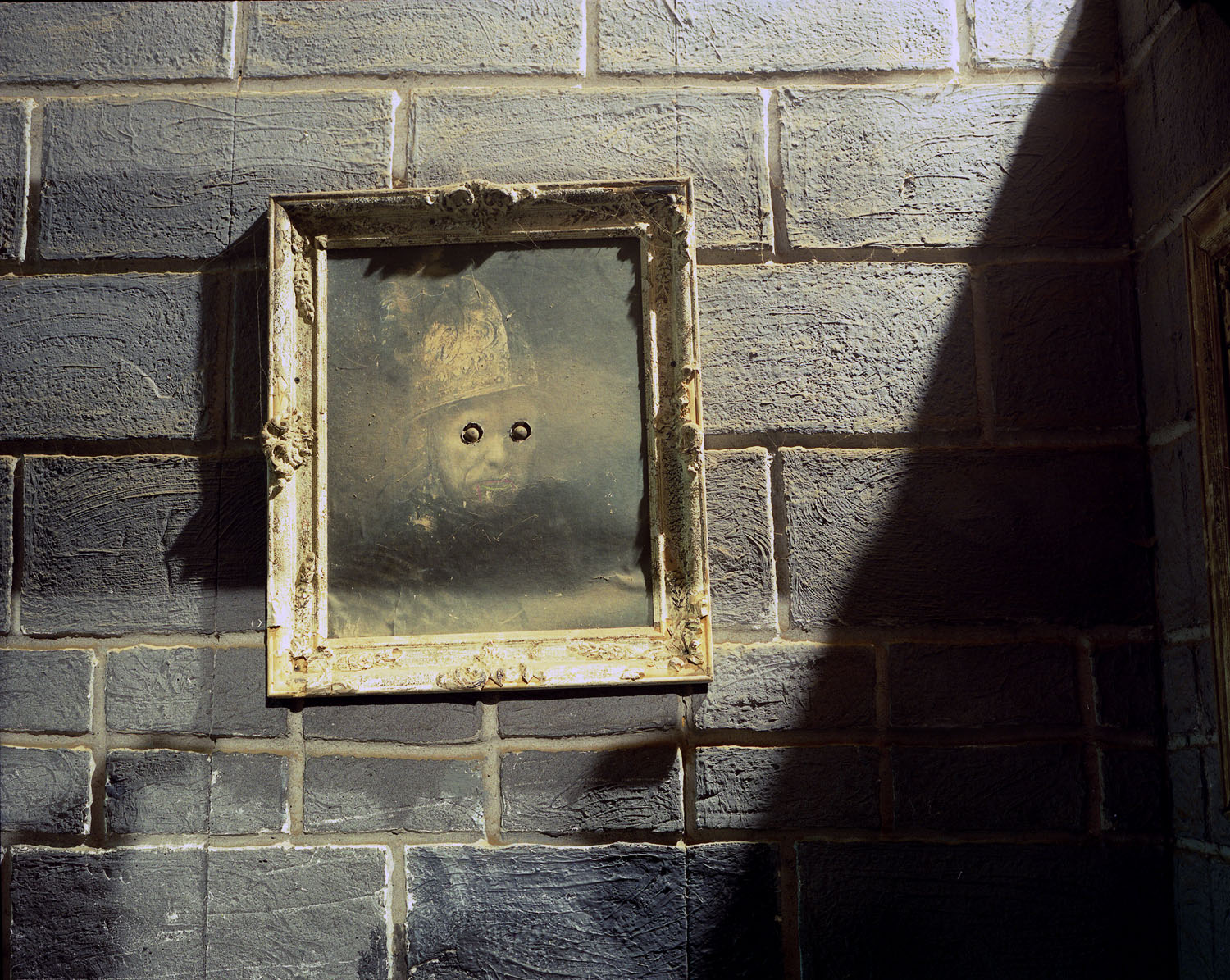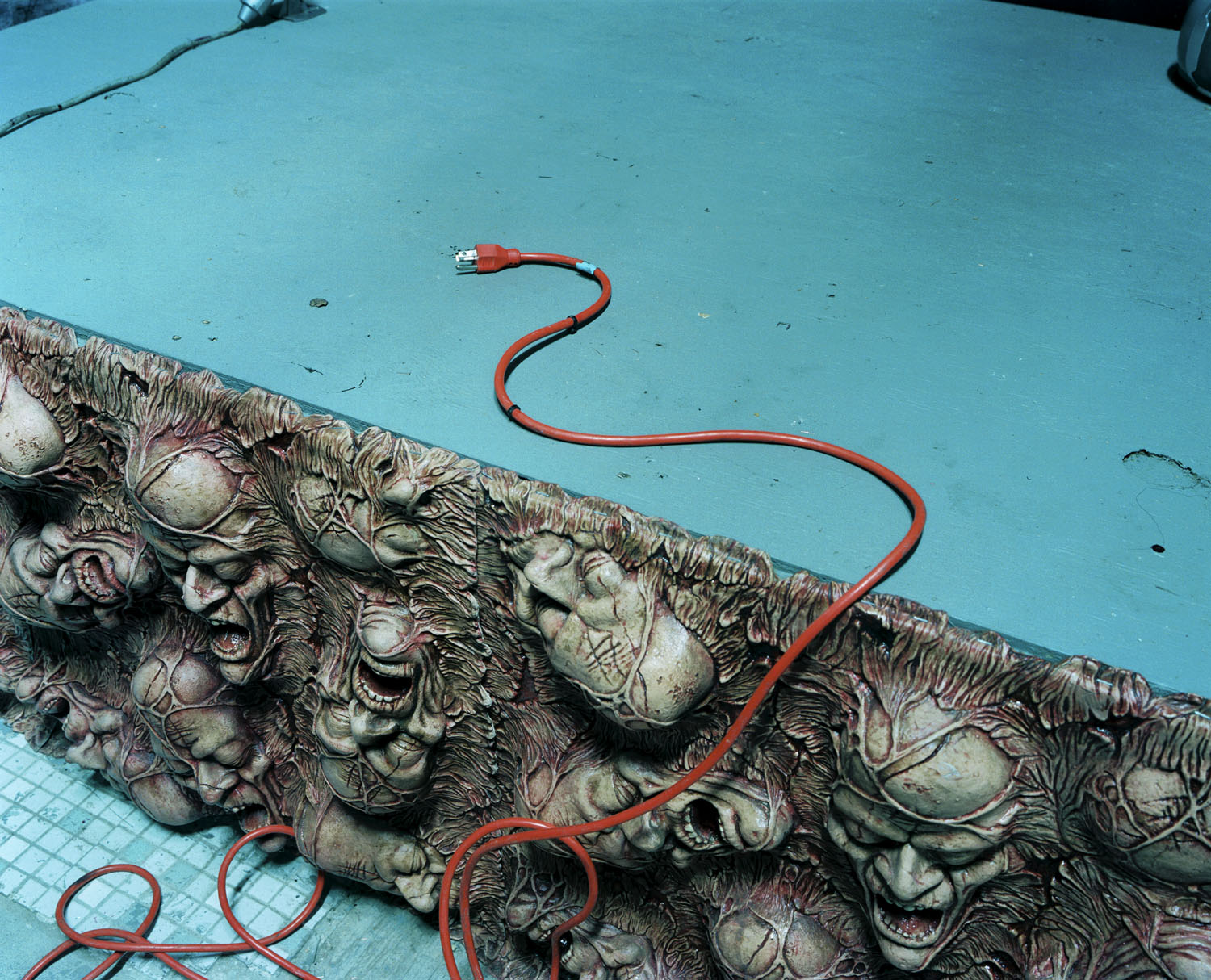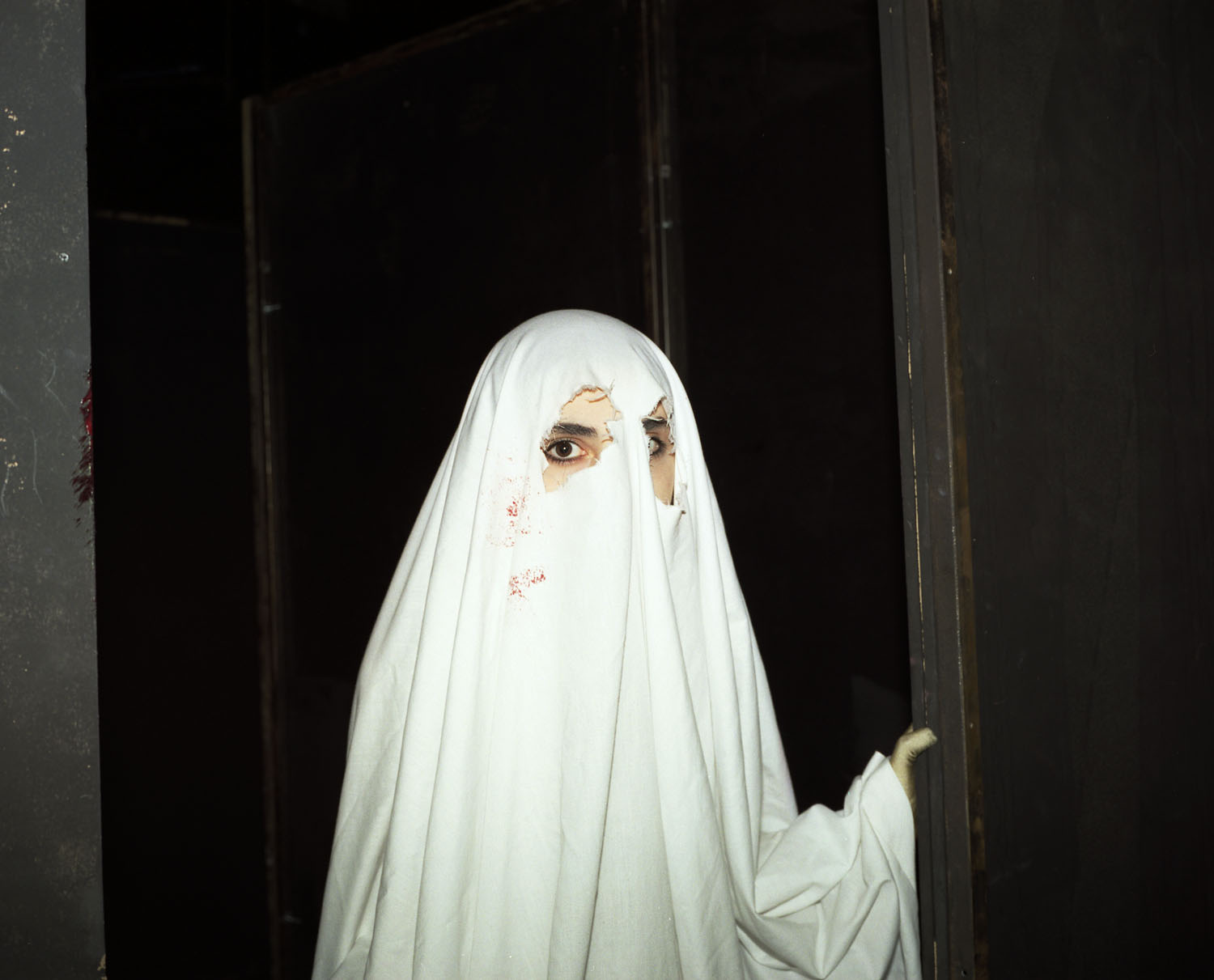
Why do we like haunted houses? Wars, terror, drones, pandemics, rising sea levels, killer bees, fungi in pain meds—isn’t the world scary enough? Yet we line up for what the industry calls HHA’s—haunted house attractions (as opposed, presumably, to actual haunted houses)—hoping to be freaked out. And if we believe the current web meme Scared Bros in a Haunted House, it works. Totally freaky, dude.
In fact, scaring people is a growing industry, rapidly gaining on Hollywood in revenues. Forty years ago, haunted houses were limited to scary carnival sideshows. Now there are magazines, websites, and trade shows for operators of haunted attractions, providing info on the latest trends: zombie runs, animatronics, 3-D, screamparks. In fact, Haunted House magazine boasts: “The haunted house industry is an American export.” We have no trade deficit in fear.
On one level, this is easy to understand. It’s all about death—that undiscovered country our culture keeps off the thought-map. Death, death, death, coming at us in the form of ghosts, monsters, maggots, snakes, killer clowns, necromancers, headless horsemen, slime crawlers, banshees, and all manner of rotting flesh and decay, aiming to infect us with its fate. The haunted house takes us to death’s door: sewers, graveyards, mortuaries, abattoirs, bottomless pits and of course, hell itself, yawning wide to receive us. Abandon all hope and enter at your own risk!
But of course, there is no risk: the journey allows us to brave death and make it out alive, the very thing we wish—oh man, do we wish—we could do for real. Every scream, every start, every time we nearly pee our pants is a shot of Red Bull to our love of life, a reminder that we hate to leave it.
Once, while on assignment together at Niagara Falls, Lisa Kereszi and I went to Ghostblasters, a haunted house crossed with a laser tag game. It was around the time that Lisa started shooting haunted houses, and secretly she was afraid every time she went to one. She thought she might get killed and end up as a haunted house display, but she didn’t tell me this. We climbed into a jerky little cart and got yanked through a maze of semi-scary dioramas. When the ghosts popped up, I shot them with a pistol and Lisa shot them with a Mamiya.
You don’t need to be Susan Sontag to understand that photographing something reduces its fear factor. Lisa’s pictures show us the haunted house as a fail: the paint peeling off plywood, the boom box strapped to the wall, the dust in the corners of the makeshift Bates Motel. “I challenged my fears,” she told me, “but it didn’t totally work.”
That’s because the pictures are somehow scary all over again—and sadder than the haunted house itself. Reality is seeping into these pictures like maggots squirming into a leaky coffin. Walls are cracking open, curtains gape onto the next room, all those plugs and wires takes us right into the mortal hands of the folks we’re paying for this illusion of an illusion, this brief moment of terror we can conquer, unlike the real dread lurking behind it. These fearful fragments we have shored against our real ruins. They’re no match for what really frightens us: blood, as the sign in one picture says, guts, gore. Meat sacs, long pigs, wetware, bags of bones, bleeders. Our horrors, ourselves.
Lisa Kereszi is a photographer based in New Haven, Conn.
Ginger Strand is the author of Flight, Inventing Niagara and Killer on the Road, which traces how violence followed construction of the interstate highway system.













More Must-Reads from TIME
- How Donald Trump Won
- The Best Inventions of 2024
- Why Sleep Is the Key to Living Longer
- Robert Zemeckis Just Wants to Move You
- How to Break 8 Toxic Communication Habits
- Nicola Coughlan Bet on Herself—And Won
- Why Vinegar Is So Good for You
- Meet TIME's Newest Class of Next Generation Leaders
Contact us at letters@time.com